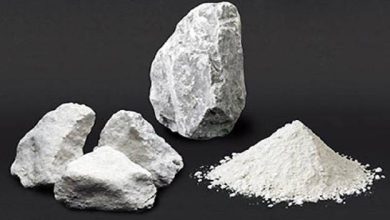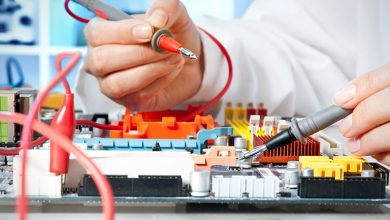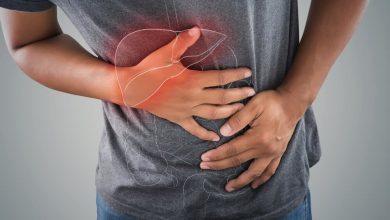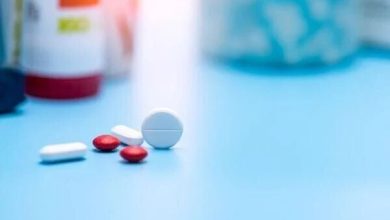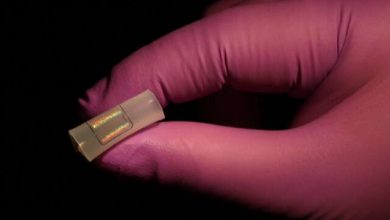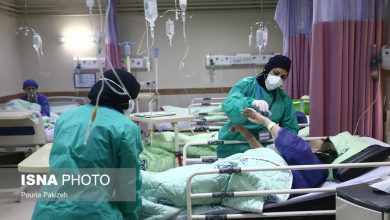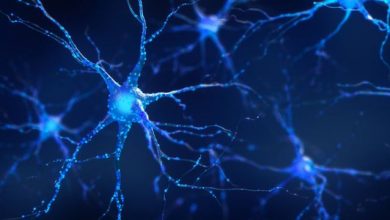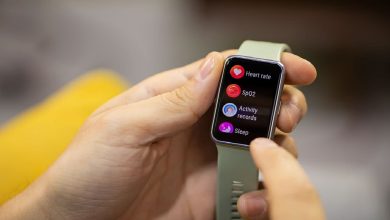Identifying types of lice and solutions for their treatment
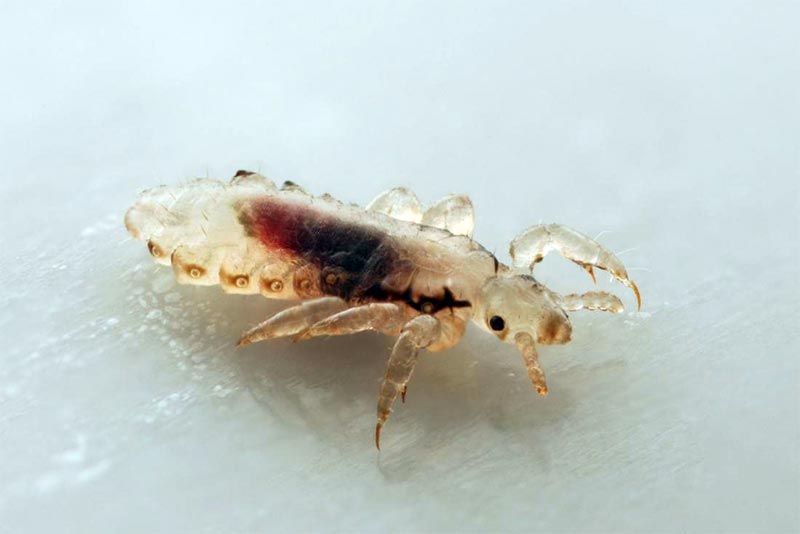
lice It is a small, pale gray insect about the size of a sesame seed (2 to 3 mm). Head lice feed on blood from the scalp, and body lice live on your clothes and bedding. Head lice visit your skin several times a day to feed on blood. The most common places to itch are around the neck, shoulders, armpits, back, and groin, and the places where layers of clothing come into contact with skin the most.
Body lice mostly appear in crowded and unsanitary living conditions. It can also spread from contact with an infected person’s clothing. Lice can spread certain types of diseases and can cause epidemics. Usually, girls and women are more likely to get lice than boys and men.
Types of lice
In general, there are three types of lice that infect humans:
- body lice
- Head lice
- Pubic lice
Pubic lice are usually transmitted from person to person through sexual contact and do not spread to other parts of the body. Head lice is the most common type of infestation with this insect, and it is accompanied by severe itching of the head. Body lice are different from head lice or pubic lice.
Body lice are found only in the human body. Lice are commonly found in areas with poor sanitation and overcrowding. Pets such as dogs, cats, or other animals do not play a role in spreading human lice. Since head lice and body lice are common, we will talk about both types below.
Symptoms of head lice
Itching is the most common symptom of head lice, especially on the scalp, neck, and ears. This reaction is a type of normal allergy. When a person first has head lice, they may not feel itching for 4 to 6 weeks. You may be able to see the nits in the case of head lice, but they are often difficult to spot because they are small, avoid light, pass along the hair shaft near the root, and move quickly.
Methods of treating head lice
- vaseline: The most practical way to get rid of head lice is to use Vaseline. For this, it is sufficient to apply a thick layer of Vaseline on the scalp and leave it overnight until morning. Be sure to cover your head with a towel or hat. After washing, brush your hair well to remove lice. You can use this method for several nights to completely eradicate traces of lice.
- Salt and vinegar: Using salt and vinegar can help remove moisture from the head to get rid of lice. Mix 1/4 cup of salt and 1/4 cup of vinegar and pour it into the bottle. Gently spray the solution on your hair, cover your head with a shower cap, and wait for about two hours. Wash and style your hair. Repeat this every three days for best results.
- olive oil : The use of olive oil kills lice and eliminates them. Apply a generous amount of olive oil to your scalp, cover your head with a shower cap, and go to bed. Wash your hair in the morning to get rid of lice, then wash your hair with herbal shampoo enriched with tea tree. Repeat this procedure every week to get the best results.
- Tea tree oil: Tea tree essential oil is a natural insecticide. This substance is effective in treating head lice. However, tea tree oil must be diluted before use. Mix 1 teaspoon of tea tree oil with some natural shampoo and 3 tablespoons of coconut oil. Apply this solution to your hair and cover your head with a shower cap. After half an hour it is necessary to wash the hair with lukewarm water.
Medicinal treatments for lice
- Permethrin: According to the National Pesticide Information Center, permethrin is an insecticide made with synthetic chemicals that “act like natural chrysanthemum extracts.” Permethrin affects the nervous system of insects and is a common ingredient in products such as insect repellent sprays for clothing and equipment. Permethrin 1% lotion is approved by the FDA to treat head lice in children 2 months of age and older.
- the biggest: Another recommended over-the-counter product is the older one. This product is similar to permethrin, but instead of being synthetic, it is naturally derived from chrysanthemum. Kills the oldest living lice and is safe and effective when used as directed. Because it is a natural extract of chrysanthemum, people allergic to chrysanthemum and ragweed should avoid it, and it is only approved for ages 2 and older.
- Spinosad: Spinosad is approved for use in killing lice in children over four years of age and may be used to treat lice. This is another topical medication that reduces the risk of side effects to the nervous system. Spinosad is a liquid medicine used for the scalp, hair, and skin. After using Spinosad, it should be left for 10 minutes until it is completely washed out of the hair. If live lice are present one week after the initial treatment cycle, a second treatment is recommended.

body lice
Body lice are larger than other types of lice. They lay their eggs and stay on the skin and clothing. Lice can crawl, but they cannot fly or jump. Humans are the only hosts for body lice, and if a louse lands on a person, it dies within five to seven days.
Lice infestations occur worldwide and are spread through direct person-to-person contact or through shared sheets, towels, and clothing. In general, body lice infestations are limited to people who live in unsanitary or crowded living conditions and do not have access to clean clothes.
Symptoms of body lice infestation
Common symptoms of a body lice infestation include:
- severe itching (pruritus),
- Skin rash caused by an allergic reaction to body lice bites.
- red bumps on the skin
- Thickened or darkened skin, usually near the back or groin, if the lice have been around for a long time.
Methods of treating body lice
Most people successfully get rid of a body lice infestation by showering regularly with warm, soapy water and washing their clothes. Try to shower daily so that you don’t see lice or nits on your clothes, sheets, or any other piece of cloth such as towels.
To prevent body lice from returning, try to shower and wash your clothes, sheets, and other clothing at least once a week.
Wash clothing, bedding, and any other fabric that has been in contact with body lice in hot water (at least 129°F or 54°C).
You may need to adjust your water heater to reach the correct temperature. After washing the garment, place it in the dryer for at least 30 minutes on the highest setting. You can also help get rid of body lice by ironing your clothes. Turn your clothes and sheets inside out and carefully iron the seams.
Home remedies for body lice symptoms
Although home remedies are safe for most people, it is best to consult your doctor before trying some of the following options; Because you may be at risk of having an allergic reaction.
- Cactus gel Aloe vera is a succulent plant that contains salicylic acid, which works as a pain reliever and itching. Apply aloe vera gel to body lice bites and rashes.
- ice: Ice can reduce the amount of blood flowing to the area and also reduce inflammation, pain, and swelling. Apply an ice pack covered with a light towel for at least 10 minutes three to four times daily to soothe the area.
- oatmeal: Oatmeal contains gluten, which can relieve body lice bites. Mix semolina powder with warm water and make a sticky paste. Apply some oatmeal paste to completely cover the lice bite area of your body. After at least 10 minutes, remove the paste with a clean towel.
source : White House Clinic
